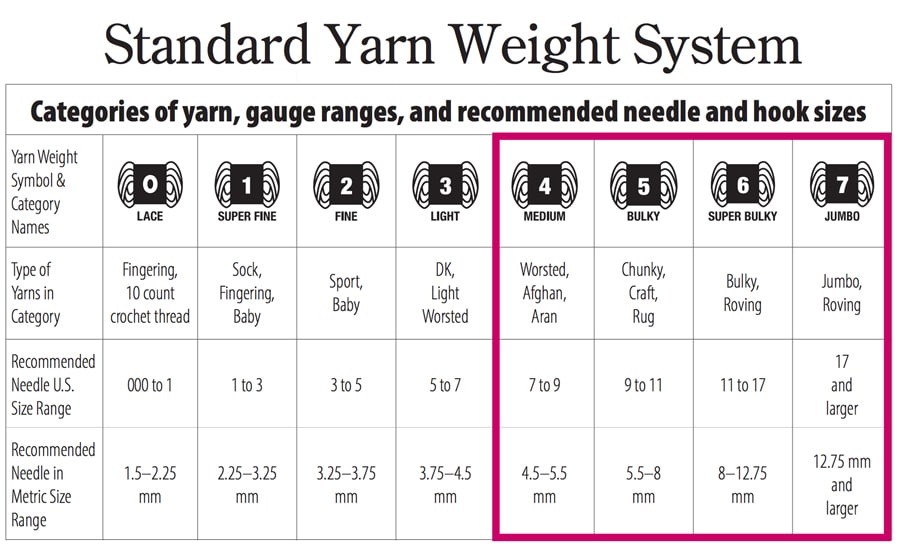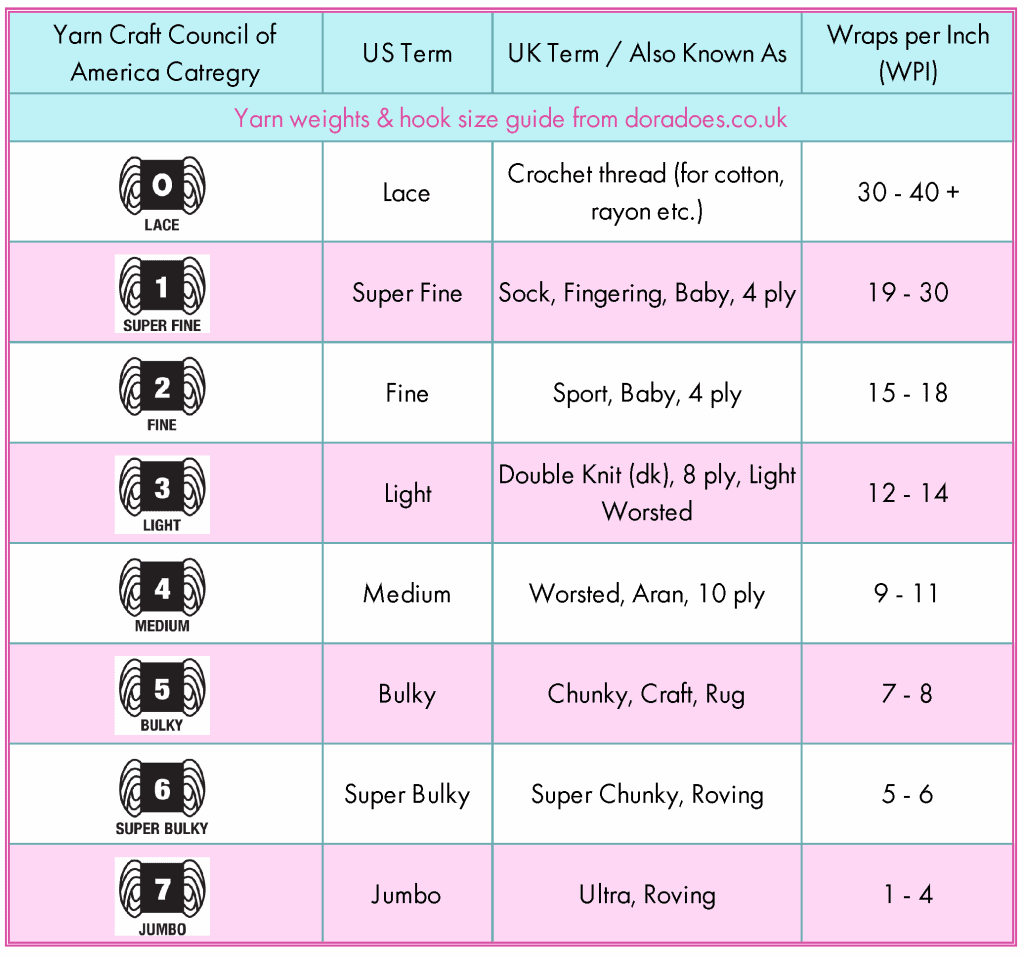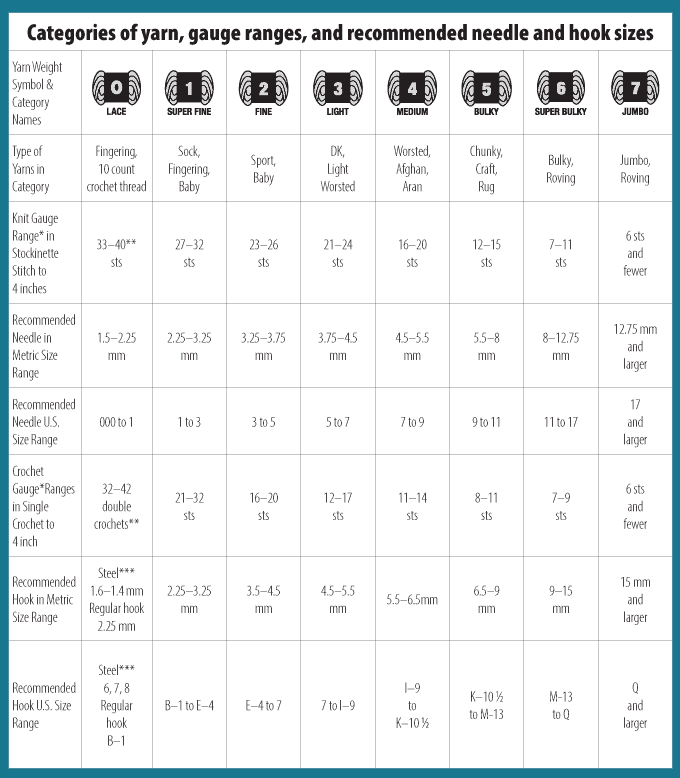When it comes to knitting, one of the most important factors to consider is choosing the right yarn. With so many different yarn weights available, it can be overwhelming to decide which one to use for your next project. But don’t worry, I’m here to help guide you through the process!
Understanding Yarn Weights
Yarn weights are categorized based on their thickness and the type of project they are best suited for. The most common yarn weights range from 0 (lace) to 7 (super bulky). Each weight has its own unique characteristics and usage, so it’s important to understand them before starting your project.
Lightweight Yarns (Lace, Fingering, Sock)
 Lace, fingering, and sock yarns are very delicate and lightweight. They are perfect for creating intricate lace patterns and lightweight garments. These yarns are typically made from fine fibers like silk, bamboo, or merino wool, which give them a soft and luxurious feel.
Lace, fingering, and sock yarns are very delicate and lightweight. They are perfect for creating intricate lace patterns and lightweight garments. These yarns are typically made from fine fibers like silk, bamboo, or merino wool, which give them a soft and luxurious feel.
Medium Weight Yarns (Sport, DK, Worsted)
 Sport, DK (double knitting), and worsted yarns are the most popular and versatile weights. They are suitable for a wide range of projects, from hats and scarves to sweaters and blankets. Medium weight yarns are usually made from wool, cotton, or acrylic fibers, which provide warmth and durability.
Sport, DK (double knitting), and worsted yarns are the most popular and versatile weights. They are suitable for a wide range of projects, from hats and scarves to sweaters and blankets. Medium weight yarns are usually made from wool, cotton, or acrylic fibers, which provide warmth and durability.
Heavyweight Yarns (Bulky, Super Bulky)
 Bulky and super bulky yarns are the thickest and heaviest weights available. They are perfect for creating cozy winter accessories like hats, scarves, and blankets. These yarns can be made from wool, alpaca, or synthetic fibers and are known for their excellent insulation properties.
Bulky and super bulky yarns are the thickest and heaviest weights available. They are perfect for creating cozy winter accessories like hats, scarves, and blankets. These yarns can be made from wool, alpaca, or synthetic fibers and are known for their excellent insulation properties.
Now that you understand the different yarn weights, it’s important to know how much yarn you’ll need for your project. The amount of yarn required depends on the weight of the yarn, the size of the project, and the stitch pattern used. It’s always a good idea to buy a little extra yarn, just in case.
Calculating Yarn Requirements
 To calculate the amount of yarn you’ll need, you can use the suggested yarn requirements provided on the pattern or measure the gauge of your swatch. The gauge is the number of stitches and rows per inch, and it helps determine how much yarn will be used for a specific project.
To calculate the amount of yarn you’ll need, you can use the suggested yarn requirements provided on the pattern or measure the gauge of your swatch. The gauge is the number of stitches and rows per inch, and it helps determine how much yarn will be used for a specific project.
Once you have determined the gauge, you can use it to estimate the amount of yarn needed for your project. Multiply the number of stitches per inch by the width of the project in inches, and then multiply that by the number of inches in length. Divide this number by the number of yards in the skein to determine how many skeins of yarn you’ll need.
Remember, it’s always better to have too much yarn than not enough. Plus, you can always use the extra yarn for smaller projects or to add some fun and colorful accents to your knitting.
So, the next time you’re starting a knitting project, make sure to choose the right yarn weight for the job. With all the variety available, you’ll be able to find the perfect yarn to bring your project to life. Happy knitting!